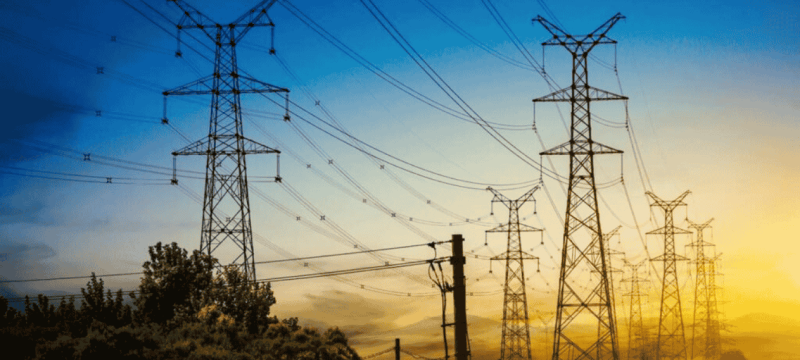A 121 percent rise in Pakistan’s electricity sector in just one quarter has raised eyebrows across economic circles. Even by Pakistan’s own statistical surprises, this number seems unusually high. According to the Pakistan Bureau of Statistics (PBS), the electricity, gas, and water supply sector grew by 121.4 percent year-on-year in 4QFY25, despite showing contractions in all previous quarters.
Official explanations cite “higher subsidies, a decline in deflator, and a low base effect of -31.6%.” However, even after factoring these in, the number appears hard to justify. Data from Nepra shows that overall power generation increased by only 6 percent during the same quarter, with no major jump in hydel or thermal output.
Some analysts linked the figure to the rise in rooftop solar power generation. But PBS data includes only grid-supplied electricity — from Wapda, IPPs, KE, and Gencos — excluding unmetered solar setups. Hence, the solar boom does not explain the sudden growth in recorded value-added output.
Experts suggest the reason may lie in accounting rather than actual performance. PBS compiles electricity sector data directly from institutional sources, and subsidies can distort value-added calculations. For instance, the Rs1.71 per unit subsidy announced in 4QFY25 effectively reduced production costs on paper, inflating GDP figures even though generation stayed flat.
A key detail in the PBS release notes the use of the Denton method, a statistical technique used to align quarterly and annual GDP data. When annual benchmarks are revised upward, this method redistributes growth across quarters to match totals. Since the first three quarters showed negative growth, Q4 absorbed the adjustment, resulting in the inflated 121 percent surge.
While this may explain the anomaly, experts warn such adjustments can distort the true picture of economic performance. If one quarter’s inflated growth props up annual GDP figures, it risks undermining confidence in the accuracy of national accounts. Until PBS clarifies the reason behind this exceptional jump, the 121 percent figure may remain a statistical illusion rather than a reflection of real progress.
In other news read more about: Pakistan’s Solar Energy Soars to Over 25% of Electricity Mix







